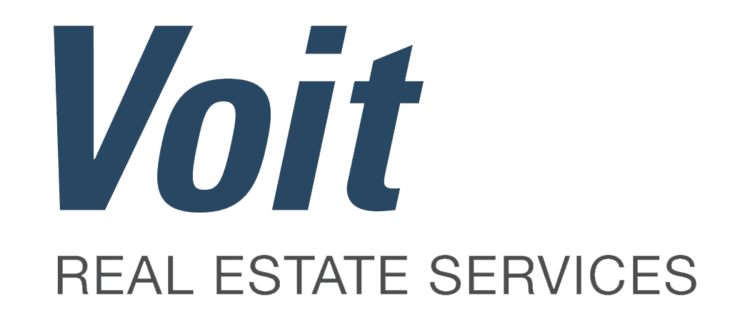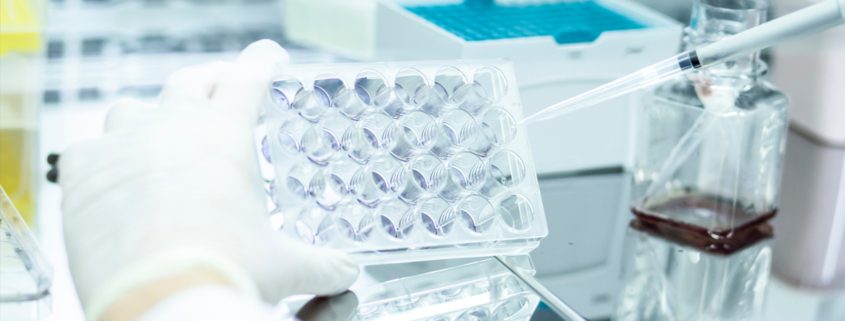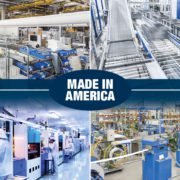The San Diego Life Science Market
Impressions from BIO International and an Update on the San Diego Life Science Market
San Diego, one of the Big Three life science clusters in the U.S. (along with Boston and San Francisco), recently hosted the BIO International Convention — the world’s largest and most comprehensive annual event for biotechnology. This event, which drew over 18,000 industry professionals, is a testament to San Diego’s vital role in the life science sector.
Chris Durbin, a life science specialist in the Voit San Diego office, immersed himself in the four-day (June 3–6) event to gain greater insight into the industry’s future and its implications for the San Diego commercial real estate market.
BIO International Convention
One thing that became clear at the convention was that companies in all stages of development — startups, discovery/research and development (R&D), preclinical research, and clinical research — are competing for funding. “A lot of companies are looking for money right now, and that’s across the board, no matter which modality you’re in,” says Durbin. “Venture capital and other investors are much more selective than the frothy era of 2021–2022. What once took ten investor meetings for a check is now 100, if not more. It’s taking a lot more time and effort to get a check, which is putting strain on companies financially to meet the next inflection point within their projected timeline.”

While BIO International’s emphasis was less on the industry’s real estate aspects and more on funding and therapeutic topics, Durbin learned that several companies, especially early-stage startups, are considering locating in San Diego to take advantage of its collaborative ecosystem. “There’s a lot more activity and potential for collaboration when you’re in an environment like San Diego, Boston, or San Francisco,” says Durbin. “Culturally, San Diego is one of the more collaborative ecosystems, which is a factor that continues to draw top talent here.”
Durbin’s experience at the convention also helped him shape his long-range plan for helping life science companies with their real estate needs. “It’s about getting creative outside of a real estate transaction and being able to provide them value beyond signing a lease,” says Durbin. “That includes connecting companies coming to San Diego with resources within the ecosystem.” Durbin is active with a number of life science networking groups, attends their events, and has built up a database of contacts that can help early-stage companies get to the next level. “By building relationships with startups,” he says, “it builds a level of trust when they need to expand their real estate footprint.”
The San Diego Life Science Market
First, the bad news. In Q1, the vacancy rate for lab and office spaces in San Diego’s life science cluster hit 14.3% — an all-time high. Some of that vacancy can be attributed to the pandemic-era construction boom. However, according to Commercial Search, San Diego has added 2.8 million square feet of space since 2014, with an additional 4.28 million square feet in the construction pipeline (3.6 million will be delivered in 2024, although some of that space has been pre-leased).
“We’re feeling some of the effects of a slow funding year in 2023, although deals are still getting done,” says Durbin. “There’s still some activity from bigger players and even smaller players locally. But generally, there are not as many inquiries, space is taking more time to lease, and tenants are getting a lot more selective. And some landlords are beginning to undercut competition by dropping rates instead of giving concessions.”
There are positive signs, however. In Q1, Pfizer signed a 15-year, 230,000-square-foot lease at Breakthrough Properties’ Torrey View life science campus, and ACON Laboratories subleased nearly 100,000-square-foot space from Thermo Fisher at Canyon Ridge Technology Park. In mid-June, Alexandria announced a 10-year, 127,000-square-foot lease had been signed by an unnamed “top 20 pharmaceutical company” for a new R&D center at 10075 Barnes Canyon Road on the SD Tech by Alexandria mega campus. Also, PCI Pharma recently opened a purpose-built, 106,000-square-foot storage and distribution hub. However, there were some significant losses along with those wins, as Pacific Biosciences laid off 195 employees due to cost cuts and closed its San Diego office, and Takeda is set to shut down its University City office, laying off or relocating 340 employees.
Venture Capital Numbers Bode Well for the Future

Despite the current woes, including a 7.2% year-over-year decrease in asking rents in San Diego’s core life science clusters, the long-range outlook for the market remains strong. According to PitchBook and the National Venture Capital Association data, San Diego County recorded 55 venture capital deals totaling $1.57 billion in Q1. Mirador Therapeutics landed $400 million in Series A funding, and Avenzo Therapeutics got $223 million. Capstan Therapeutics and Engrail Therapeutics scored $175 and $157 million in Series B funding, respectively. Mainstay Medical scored $125 million in late-stage VC funding. In addition, San Diego was also awarded $2.2 billion in research funding through the National Institute of Health (NIH) and National Science Foundation (NSF).
Another positive for the market is that demand is increasing nationally and in the San Diego market. In Q1 2024, quarterly demand increased 29% across the Big Three markets, with the 6.9 million square feet in requirements equaling 2019 year-end levels. San Diego’s Q1 requirements totaled 1.65 million square feet.
In an interview following the BIO International Convention in June with business reporter Natallie Rocha of The San Diego Union-Tribune, Joe Panetta, CEO of Biocom California, said, “I think another thing that differentiates San Diego is the fact that when you look around on the mesa, you’ve got a multitude of research institutions and the university. There are new incubators being built every six months here in San Diego — I didn’t see that ten years ago. And I think a lot of it is just the result of the fact that there’s so much great research going on in the universities and research institutes and other companies.”
Durbin agrees that the San Diego life sciences market is headed in the right direction. “I think an increase in activity is forthcoming. It’s a testament to the age of technology and scientific innovation that we’re in. San Diego, as a primarily R&D cluster, will continue to be a flywheel for innovation.”









